Numerous rehabilitation protocols for the management of rotator cuff disease are based primarily on . The tendons attach the humerus to the shoulder blade and aids in lifting and rotating the arm. Most commonly, however, this group of muscles co-contracts and . Brigham and Women's Hospital, Boston. % At Mass General, the brightest minds in medicine collaborate on behalf of our patients to bridge innovation science with state-of-the-art clinical medicine. Shoulder Precautions Your health and safety remain our top priority: Learn about our Safe Care Commitment | Use our Prescreen app before arrival for faster entry | Read the COVID-19 Vaccine FAQs. It allows you to lift your arm and reach up. This guideline is designed to An open repair may be performed if the rotator cuff injury cannot be repaired using arthroscopy. Your provider will discuss this with you in advance. Stay Informed. Generally, rotator cuff repair surgery follows this process: You'll be asked to remove clothing and given a gown to wear. Ice shoulder 3 - 5 times (15 minutes each time) per day to control swelling and inflammation. A surgical repair is indicated when pain cannot be managed with conservative methods and is associated with weakness that causes a significant loss of function. If your rotator cuff is injured, you may need to repair it surgically. 1 0 obj HWMo8W(oQ@QIECw^8++kJdGvqd7FWzj7,N.NlI~Kk6}b6}%O, Microsoft Word - Rotator cuff and SLAP patient info.doc. For more information about these cookies and the data Frequency of treatment will be determined by your specific needs together with the physician and physical therapist recommendations. 4. Journal of Shoulder and Elbow Surgery, 4:521-535. PDF Biceps Tenodesis Protocol - Brigham and Women's Hospital For more information about these cookies and the data vywh0*-)Ha[ %2+$t^> K5$*{c Z Q.@B[,4nr^{.zlqE@`Cu.> The rotator cuff consists of four muscles that come together as tendons to cover the head of the humerus. It may be necessary for you to stop these medicines before the procedure. Before you agree to the test or the procedure make sure you know: The reason you're having the test or procedure, What results to expect and what they mean, The risks and benefits of the test or procedure, What the possible side effects or complications are, When and where you're to have the test or procedure, Who will do the test or procedure and what that persons qualifications are, What would happen if you didn't have the test or procedure, Any alternative tests or procedures to think about, Who to call after the test or procedure if you have questions or problems, How much you'll have to pay for the test or procedure.


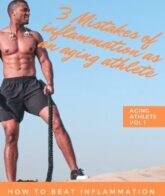
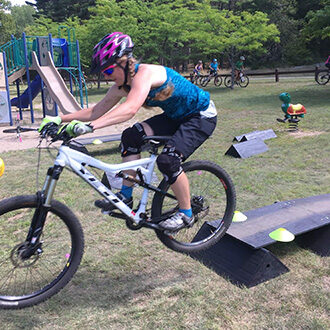

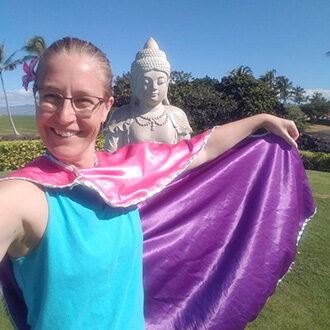

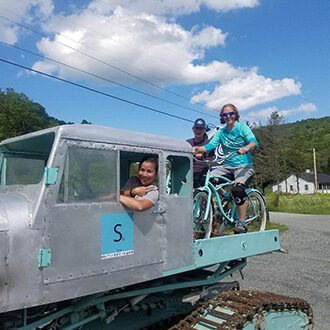
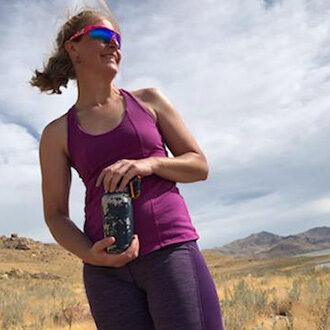
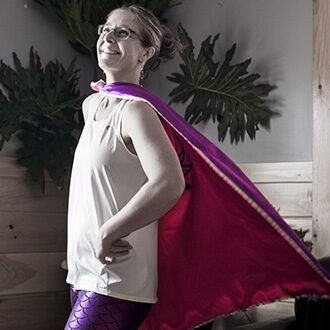
brigham and women's rotator cuff repair protocol